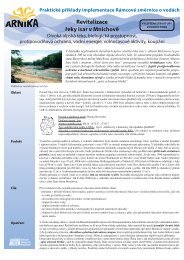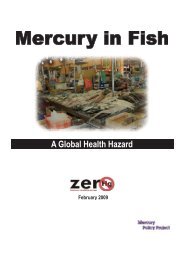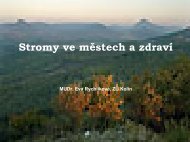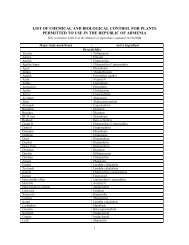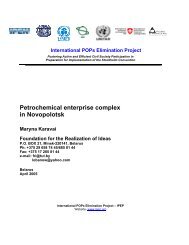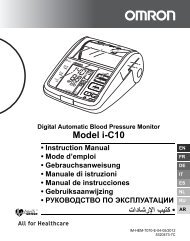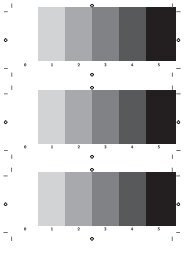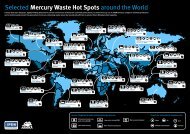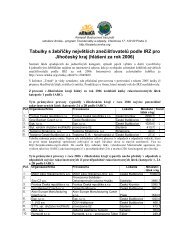Market analysis of some mercury-containing products and their ...
Market analysis of some mercury-containing products and their ...
Market analysis of some mercury-containing products and their ...
Create successful ePaper yourself
Turn your PDF publications into a flip-book with our unique Google optimized e-Paper software.
atteries or batteries with <strong>mercury</strong> could be found in one country besides unlabeled<br />
batteries. In <strong>some</strong> countries selection <strong>and</strong>/or labelling was limited, but not for most.<br />
Regarding consumer awareness through product statements, only about 40% <strong>of</strong> all<br />
batteries made mention on the batteries or packaging that they were <strong>mercury</strong>-free, an<br />
additional 15% indicated they contained <strong>mercury</strong>. Overall, more cylindrical batteries<br />
(~ 60% <strong>of</strong> D-cell) had statements about <strong>mercury</strong> content than button (~ 25% <strong>of</strong> LR-44)<br />
batteries.<br />
Mercury-free skin-lightening <strong>products</strong> were claimed by users <strong>and</strong> merchants to be<br />
present in every market <strong>and</strong> widely stocked in stores, pharmacies, <strong>and</strong> cosmetic clinics.<br />
Some concern was raised about the time it took to achieve results. Beside very few<br />
exceptions <strong>products</strong> had generally no claims as to <strong>mercury</strong> content. The surveyors<br />
were told in several countries, that illegal sales (black market <strong>products</strong>) exist, but in<br />
spite <strong>of</strong> local efforts, these <strong>products</strong> could not be widely procured. In one developing<br />
country one <strong>of</strong> the analyzed <strong>products</strong> had a very high <strong>mercury</strong> content (up to 0.5 wt%).<br />
Here, a <strong>mercury</strong> compound is obviously the main active agent. The presence <strong>of</strong> government<br />
seals <strong>and</strong> the implied manufacturer code <strong>of</strong> conduct for well-known <strong>products</strong><br />
were reasons merchants claimed the <strong>products</strong> they <strong>of</strong>fered were all <strong>mercury</strong>-free. Consumers<br />
gravitated to known <strong>mercury</strong>-free choices in countries that had government<br />
seals <strong>and</strong>/or regulation about <strong>mercury</strong> content. They also trusted retailers to provide<br />
them with accurate advice.<br />
Mercury-free dental restorative materials were present in all markets (100%). Shortcomings<br />
mentioned included reduced durability <strong>and</strong> strength as well as high cost. In<br />
the countries selected for Eastern Europe, no dental amalgam has been used since a<br />
prohibition had been instituted. One surveyor indicated this ban had been in existence<br />
for 20 years or more. Tooth preparation was indicated as similar <strong>and</strong> many cited similarities<br />
in the equipment used. In <strong>some</strong> countries, increased costs were incurred from<br />
either additional training or additional equipment for placing alternative filling materials.<br />
In most cases, the actual alternative materials were indicated to incur greater cost than<br />
amalgam to the dentist, <strong>and</strong> therefore were passed along to the patient. The use <strong>of</strong> alternative<br />
materials was also indicated to improve aesthetics <strong>and</strong> increase patient safety<br />
from <strong>mercury</strong> exposure.<br />
4



